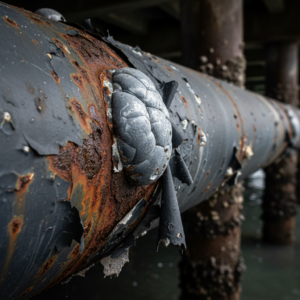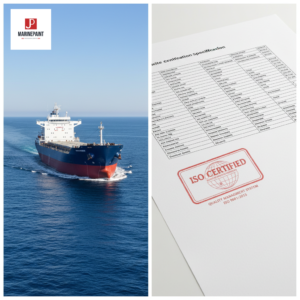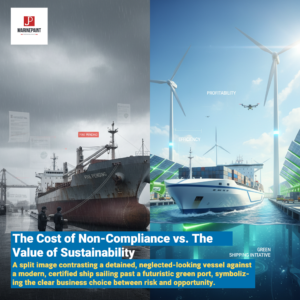What Are the Most Common Types of Potable Water Tank Coatings?
Struggling to choose the right coating for your potable water tanks? The wrong choice risks corrosion, contamination, and costly repairs. Find the solution to protect your assets and ensure water safety.
The most common types of potable water tank coatings are epoxy, polyurethane, polyurea, and cementitious linings. Each offers a unique balance of durability, chemical resistance, flexibility, and application requirements, designed to protect the tank's substrate and preserve water quality. The selection of a specific coating system, such as a high-build, solvent-free epoxy like JDH912 Epoxy Potable Water Tank Coating, depends on factors like the tank material (steel or concrete), environmental conditions, operational requirements (e.g., return-to-service time), and adherence to public health standards like NSF/ANSI 61. Proper surface preparation according to standards like SSPC or NACE is critical for ensuring optimal adhesion and long-term performance, preventing coating failure and safeguarding the integrity of municipal and industrial water systems.
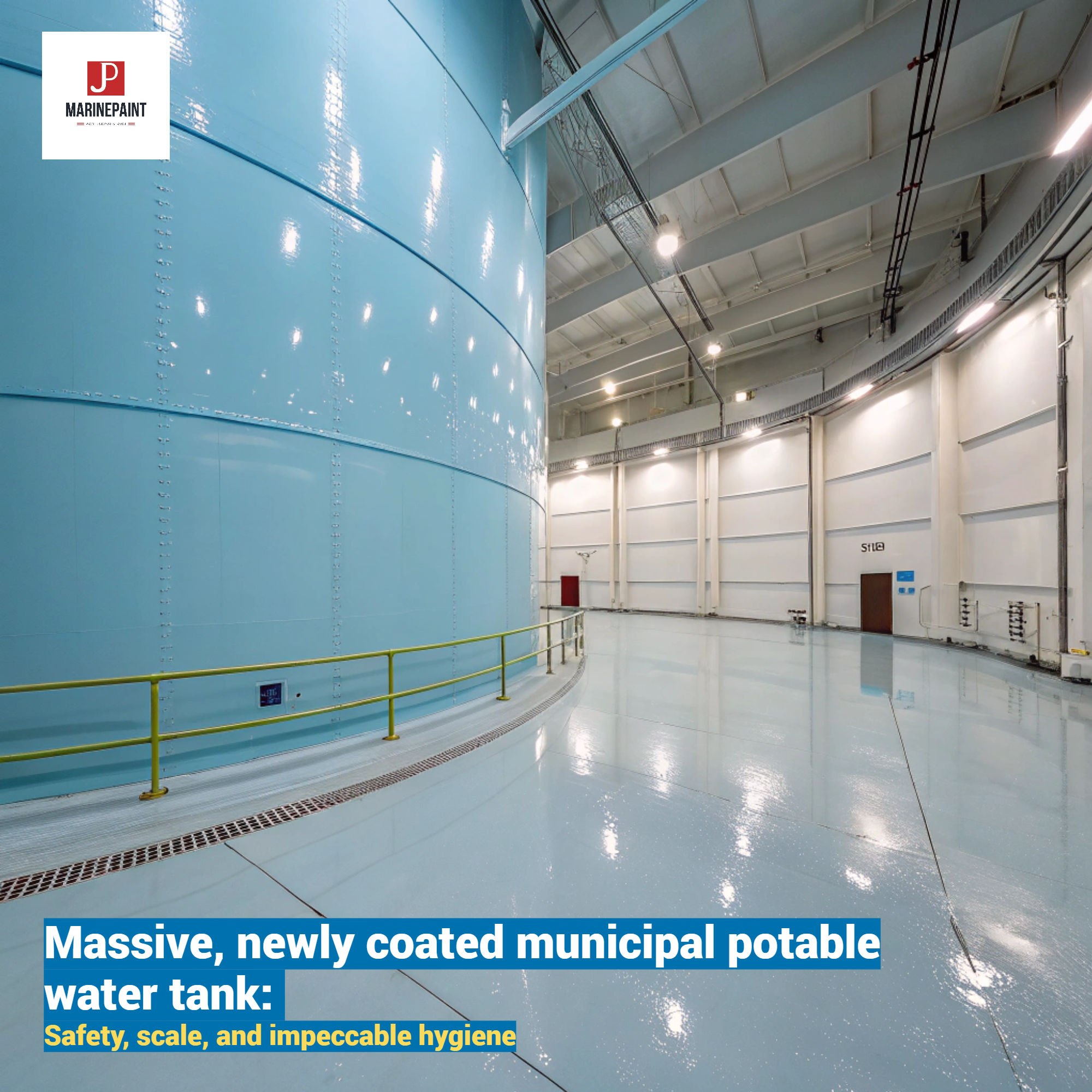
Choosing the right lining is not just about painting a tank; it's about implementing a long-term asset protection strategy that ensures public health and infrastructure reliability. Let's explore the key differences to help you make an informed decision.
Choosing Your Armor: A Detailed Comparison of Potable Water Tank Coating Types?
Are you feeling overwhelmed by the technical specifications of different water tank linings? With terms like "abrasion resistance," "curing time," and "substrate compatibility," it's easy to get lost. Making the wrong choice can lead to premature coating failure, forcing expensive downtime for tank refurbishment and potentially compromising water quality. You need a clear, straightforward comparison that breaks down the pros and cons of each option, empowering you to select the best corrosion protection for your specific steel or concrete water tanks.
The primary types of potable water tank coatings—epoxy, polyurethane, polyurea, and cementitious linings—each serve a distinct purpose. Epoxies are celebrated for their chemical resistance and strong adhesion, making them a go-to for long-term protection. Polyurethanes offer superior flexibility and UV resistance, ideal for tanks with minor movement or outdoor exposure. Polyureas provide a rapidly cured, seamless membrane perfect for minimizing downtime. Cementitious linings are the classic choice for concrete tanks, offering excellent waterproofing. Understanding these core differences is the first step in creating a robust potable water storage solution.
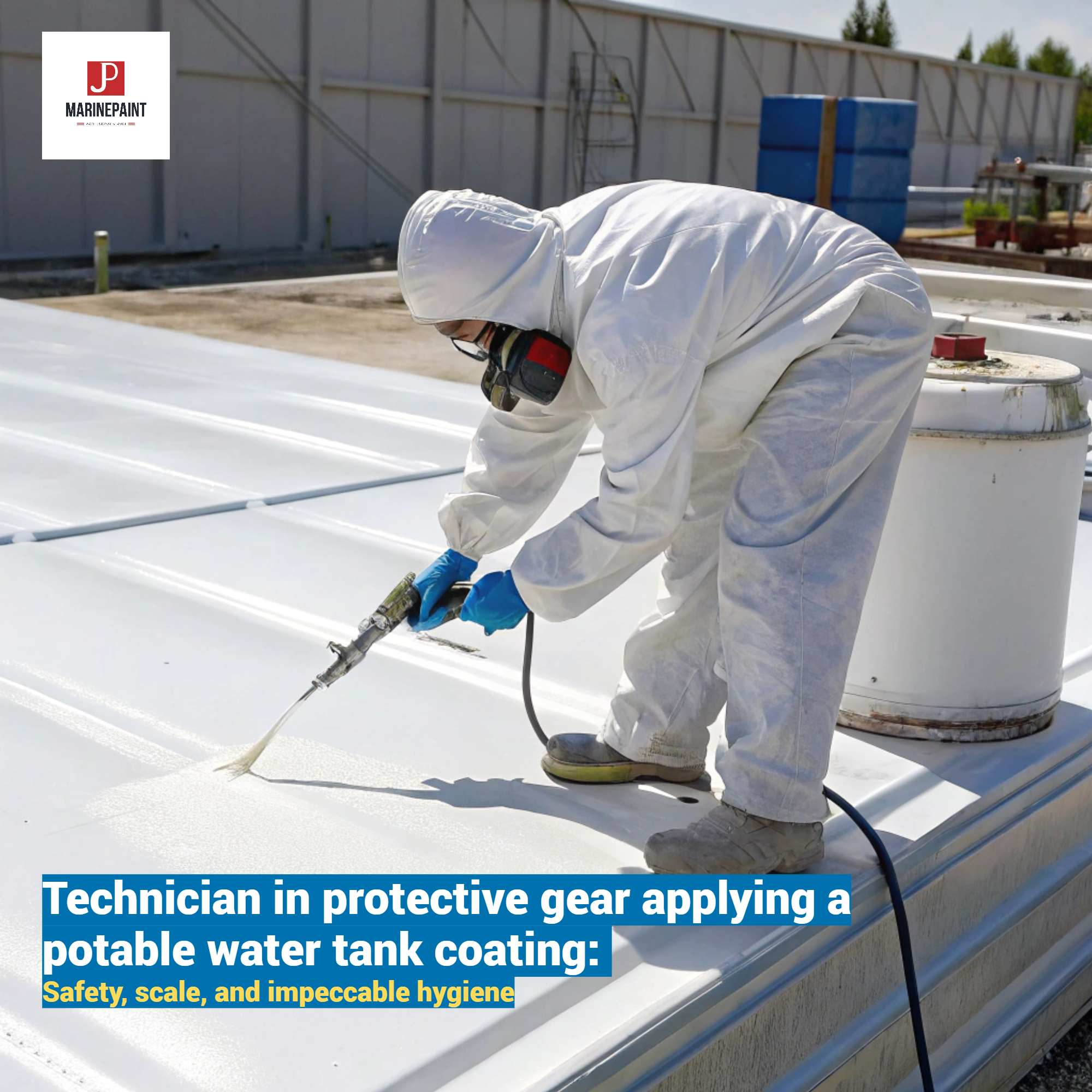
To help you decide, let's take a deeper dive into the specific characteristics, advantages, and ideal use cases for each of these powerful protective coatings.
Epoxy Coatings: The Tried-and-True Defender
Epoxy coatings are the workhorses of the tank lining world. They are two-component systems known for creating a hard, durable, and highly resistant barrier. Their excellent adhesion to both steel and concrete substrates makes them an extremely popular long-term solution for corrosion protection in municipal water systems. Epoxies form a high-build, impermeable surface that stands up exceptionally well to chemicals and prevents leaching, thus protecting water quality. These coatings can be either solvent-based or, for improved safety and lower VOCs, solvent-free. A prime example is our JDH912 Epoxy Potable Water Tank Coating , a two-component, solvent-free epoxy designed specifically for the demanding environment of potable water tanks, offering excellent resistance and long service life.
Polyurethane Coatings: The Flexible Champion
Polyurethane coatings stand out for their exceptional durability and flexibility. This flexibility is a key advantage, as it allows the coating to accommodate minor substrate movements and temperature fluctuations without cracking—a common cause of coating failure. This makes polyurethane tank linings an excellent choice for areas with seismic activity or wide temperature swings. Furthermore, they boast superior abrasion resistance and, critically for tanks exposed to the elements, excellent UV resistance. While often used as a topcoat for external asset protection, such as our JD908 Acrylic Polyurethane Topcoat , their properties are also leveraged in specialized interior lining formulations.
Polyurea Coatings: The Rapid-Response Shield
When speed is critical, polyurea coatings are the answer. This high-performance lining is famous for its extremely rapid curing time, often setting in seconds and ready for service in a matter of hours. This drastically minimizes downtime for water treatment facilities, a crucial factor for infrastructure maintenance. Applied with specialized plural-component spray equipment, polyurea forms a seamless, waterproof, and highly elastic membrane. This "spray-on-liner" quality ensures complete coverage with no weak points. It offers outstanding chemical and abrasion resistance, making it one of the toughest and most reliable potable water storage solutions available for rapid tank refurbishment.
Cementitious Linings: The Concrete Specialist
Cementitious linings are a traditional and highly effective method for waterproofing and protecting concrete water tanks. These mortar-based linings bond exceptionally well with the concrete substrate, creating a monolithic barrier against water ingress. Their primary advantage is their ability to seal the porous surface of concrete, preventing leaks and protecting the reinforcing steel within from corrosion. A unique feature of some advanced cementitious linings is their ability to "self-heal" minor cracks. When exposed to moisture, unhydrated cement particles can crystallize, effectively sealing small fissures that may develop over time, thus extending the life of the water tank.
| Coating Type | Key Advantages | Best For | Considerations |
|---|---|---|---|
| Epoxy | Excellent corrosion & chemical resistance, strong adhesion, proven track record. | Steel and concrete tanks requiring long-term, durable protection. | Longer curing times compared to polyurea; requires precise surface preparation. |
| Polyurethane | High flexibility, abrasion resistance, excellent UV stability. | Tanks with substrate movement, temperature fluctuations, outdoor exposure. | Often used as part of a system; can be more expensive than epoxy. |
| Polyurea | Extremely fast cure, seamless membrane, high elasticity and durability. | Projects requiring minimal downtime and a very robust lining. | Requires specialized spray equipment and certified applicators. |
| Cementitious | Excellent waterproofing for concrete, great bonding, potential for self-healing. | Concrete potable water tanks and reservoirs. | Not suitable for steel tanks; can be rigid. |
Conclusion
Choosing the right potable water tank coating—epoxy, polyurethane, polyurea, or cementitious—is vital for ensuring water safety, preventing corrosion, and maximizing the life of your infrastructure assets.
![]()


